Hi there, pet lovers! 🐢
Turtles are some of the most fascinating and long-lived reptiles in the pet trade, offering a unique blend of personality, beauty, and low-maintenance care—if you choose the right species. While they may not be ideal for absolute beginners due to their long lifespans and specific habitat needs, dedicated keepers will find them incredibly rewarding.
In this guide, we’ll explore five of the most unique pet turtles, each with distinct traits that make them stand out. Whether you’re drawn to the hardy Russian Tortoise, the miniature Musk Turtle, or the stunning Diamondback Terrapin, there’s a perfect shelled companion for every enthusiast.
Let’s dive into what makes these turtles so special.
Overview
| Turtle | Size | Temperament | Diet | Key Feature |
|---|---|---|---|---|
| Russian Tortoise | 8-10 inches | Curious, active | Herbivorous | Small size, hardy, great for beginners |
| Mud/Musk Turtle | 4-5 inches | Interactive, bold | Carnivorous/Omnivorous | Tiny aquatic turtle, full of personality |
| Sulcata Tortoise | 24-30+ inches | Gentle, slow-moving | Herbivorous (grasses) | Massive size, long lifespan, impressive presence |
| Box Turtle | 5-7 inches | Shy but personable | Omnivorous | Land-dwelling, can fully close its shell |
| Diamondback Terrapin | 5-7 inches | Active, social | Omnivorous | Striking black-and-white pattern, brackish water preference |
Now, let’s explore each of these incredible turtles in detail.
1. Russian Tortoise – The Perfect Beginner Tortoise
Why the Russian Tortoise Stands Out
The Russian Tortoise is one of the best pet tortoises for beginners due to its small size, hardiness, and engaging personality. Unlike larger tortoises, they don’t require massive enclosures, making them ideal for indoor or outdoor setups.
Key Features
✔ Personality: Active, curious, and surprisingly fast for a tortoise.
✔ Diet: Primarily leafy greens, weeds, and occasional vegetables (low-maintenance).
✔ Enclosure: 40-gallon minimum for adults, with a basking spot (90-100°F).
✔ Lifespan: 40-50+ years with proper care.
Pros & Cons
✅ Pros:
- Easy to house (smaller than most tortoises).
- Affordable to feed (mostly greens and hay).
- Docile and rarely bites.
❌ Cons:
- Wild-caught individuals are common (seek captive-bred for better health).
- Can be escape artists (needs a secure enclosure).
- Long lifespan (requires a serious commitment).
Best For:
First-time tortoise keepers or those with limited space who want a friendly, low-maintenance reptile.
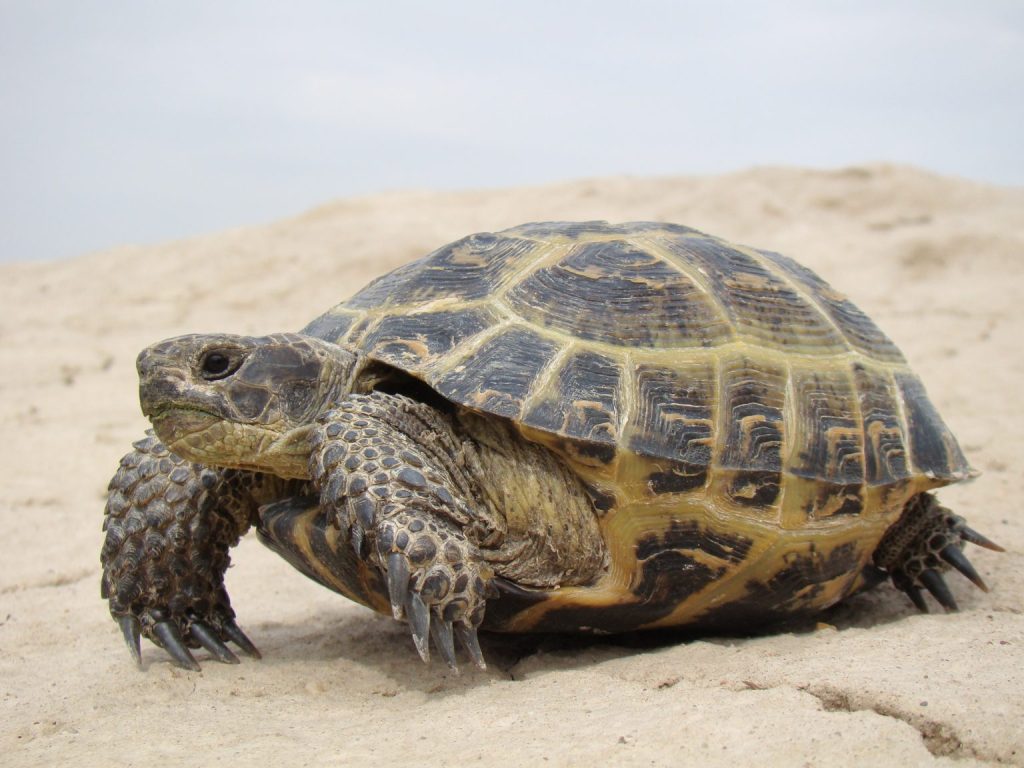
2. Mud & Musk Turtles – The Tiny Aquatic Dynamos
Why Mud & Musk Turtles Are Unique
These small, feisty turtles pack a lot of personality into a tiny package. Unlike larger aquatic species, they stay under 5 inches, making them easier to house while still being highly interactive.
Key Features
✔ Personality: Bold, active, and often swim up to greet owners.
✔ Diet: Insects, small fish, shrimp, and commercial turtle pellets.
✔ Enclosure: 20-30 gallon aquarium with a basking area (needs good filtration).
✔ Lifespan: 30-50 years.
Pros & Cons
✅ Pros:
- Ideal size for aquatic turtle lovers (no massive tank needed).
- Very entertaining (constantly exploring and begging for food).
- Hardy and adaptable.
❌ Cons:
- Can deliver a sharp bite if hand-fed carelessly.
- Requires a well-maintained aquatic setup.
- Some species are illegal to sell in certain states (check local laws).
Best For:
Those who want a small, interactive water turtle without the space demands of a Red-Eared Slider.

3. Sulcata Tortoise – The Gentle Giant
Why the Sulcata Tortoise is Special
The Sulcata Tortoise is the third-largest tortoise species in the world, making it a dream for keepers who want a massive, long-lived companion. Despite their size, they’re gentle, slow-moving, and surprisingly easy to feed.
Key Features
✔ Personality: Calm, friendly, and can recognize their owners.
✔ Diet: Mostly grasses, hay, and leafy greens (low-cost diet).
✔ Enclosure: Outdoor space required (minimum 8×8 ft for adults).
✔ Lifespan: 70+ years (a lifelong commitment).
Pros & Cons
✅ Pros:
- Impressive size (can exceed 100 lbs).
- Simple diet (mostly grazing on grass).
- Docile and great for experienced keepers.
❌ Cons:
- Needs a huge outdoor enclosure.
- Long lifespan means planning for their future care.
- Prone to shell pyramiding if diet/humidity is off.
Best For:
Experienced keepers with space for a giant, grazing tortoise.
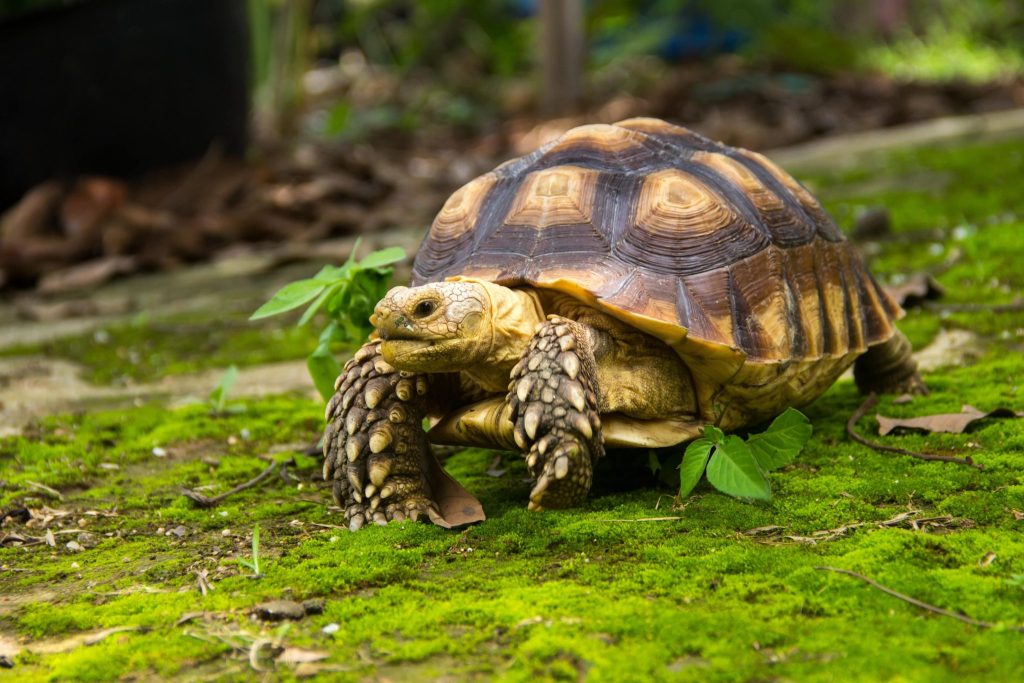
4. Box Turtle – The Land-Loving Charmer
Why Box Turtles Are a Classic Choice
Box Turtles are terrestrial turtles known for their ability to fully close their shells—a unique defense mechanism. They’re great for those who prefer land-based reptiles over aquatic setups.
Key Features
✔ Personality: Shy at first but can become quite personable.
✔ Diet: Omnivorous (insects, fruits, veggies, and occasional protein).
✔ Enclosure: Land-based with humidity (40-gallon minimum).
✔ Lifespan: 30-50 years.
Pros & Cons
✅ Pros:
- No complex aquatic setup needed.
- Varied diet makes feeding easy.
- Captive-bred individuals can be very tame.
❌ Cons:
- Wild-caught individuals often have health issues.
- Can be shy and take time to warm up to owners.
- Long lifespan requires commitment.
Best For:
Keepers who want a low-maintenance, land-based turtle with a unique appearance.
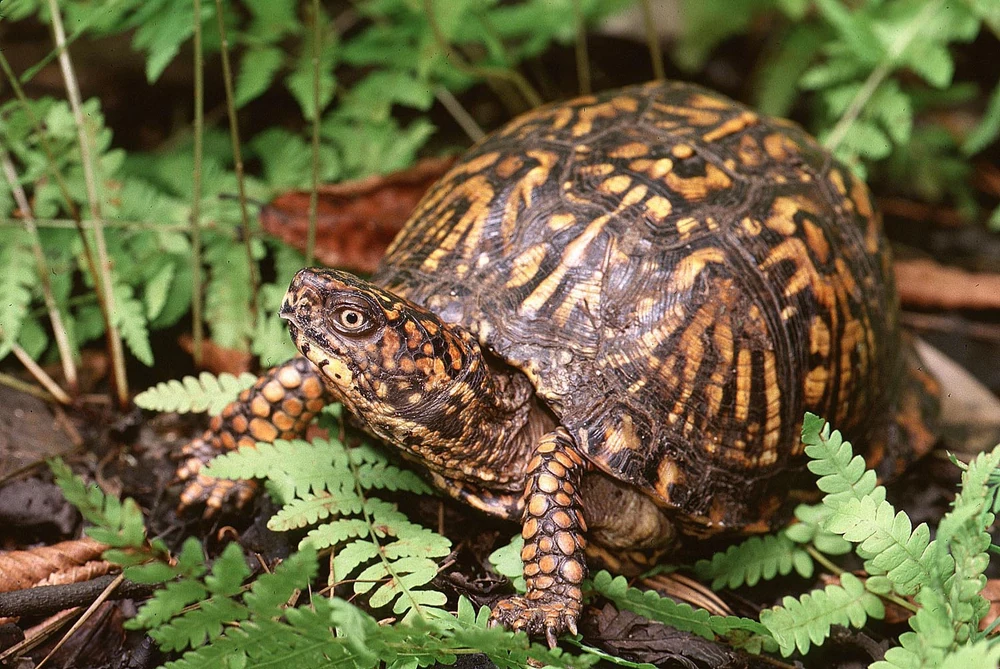
5. Diamondback Terrapin – The Jewel of the Turtle World
Why Diamondback Terrapins Are Stunning
With their black-and-white spotted skin and shells, Diamondback Terrapins are among the most beautiful turtles in the world. They’re also highly interactive, making them a favorite among advanced keepers.
Key Features
✔ Personality: Social, active, and loves to beg for food.
✔ Diet: Omnivorous (fish, shrimp, greens, and commercial pellets).
✔ Enclosure: Brackish water setup preferred (30-40 gallons minimum).
✔ Lifespan: 25-40 years.
Pros & Cons
✅ Pros:
- Stunning appearance (unlike any other turtle).
- Very interactive and fun to watch.
- Smaller than most aquatic turtles.
❌ Cons:
- Brackish water setup can be tricky for beginners.
- Illegal to own in some states.
- Expensive and hard to find.
Best For:
Experienced keepers who want a visually striking, engaging aquatic turtle.
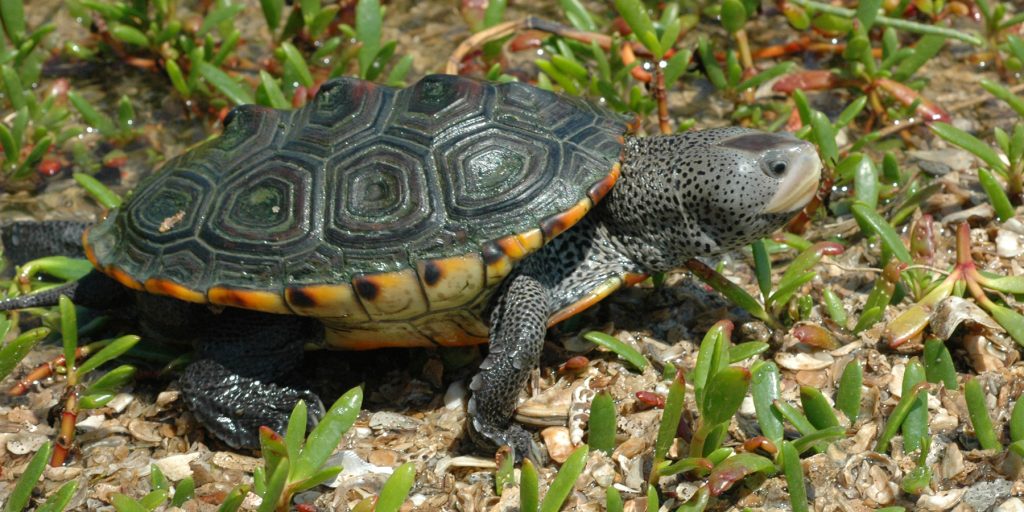
Final Thoughts
Each of these turtles offers something unique—whether it’s the Russian Tortoise’s beginner-friendly nature, the Mud Turtle’s tiny size, the Sulcata’s massive presence, the Box Turtle’s terrestrial habits, or the Diamondback Terrapin’s unmatched beauty.
Before Choosing, Consider:
✔ Space requirements (Sulcatas need yards, Mud Turtles need tanks).
✔ Lifespan (many live 30+ years).
✔ Diet & care complexity (some need brackish water, others need grazing space).
Which turtle would you choose? Let us know in the comments!
For more reptile guides, care tips, and expert advice, subscribe to our newsletter and stay updated! 🐢💚

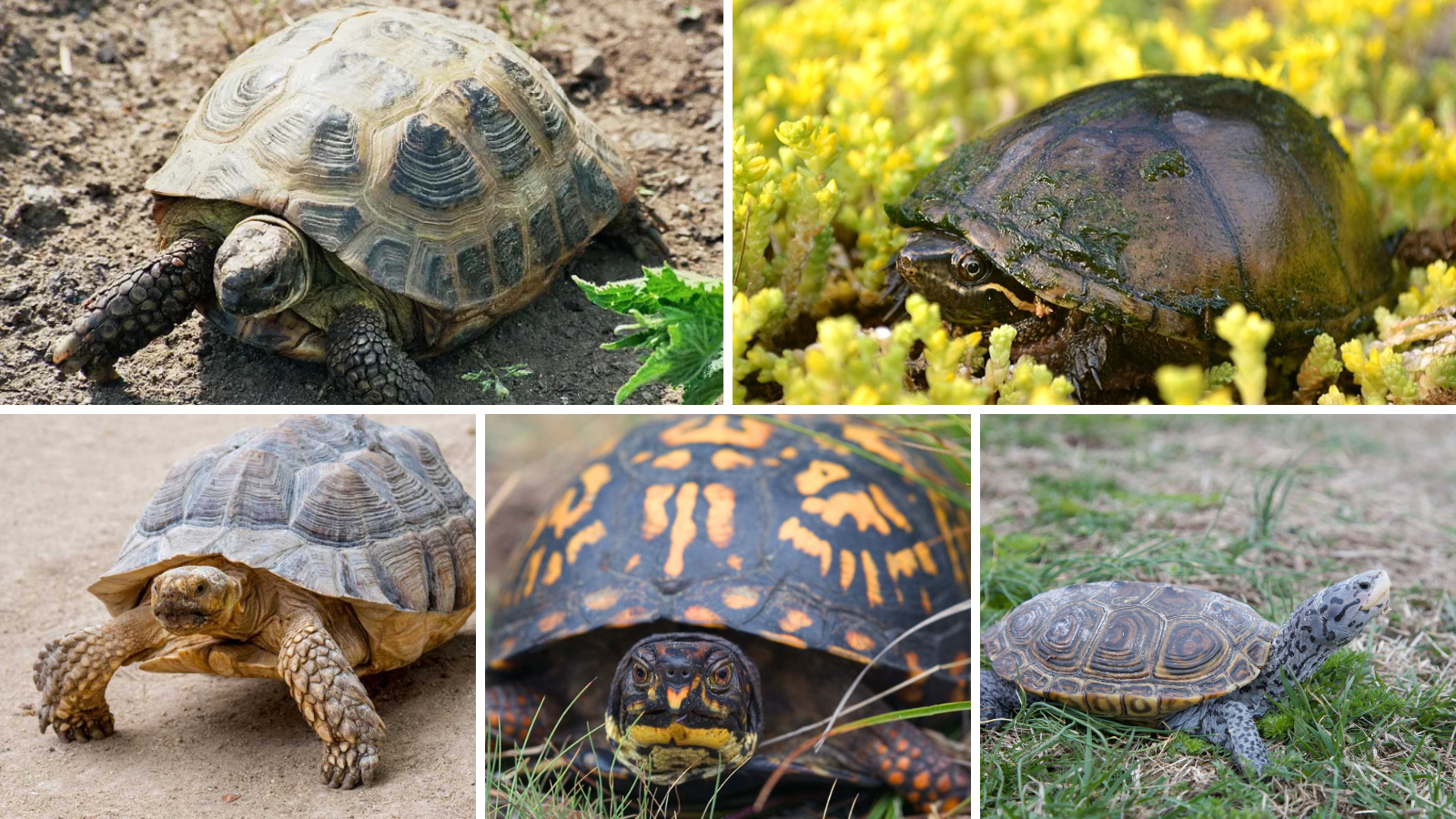

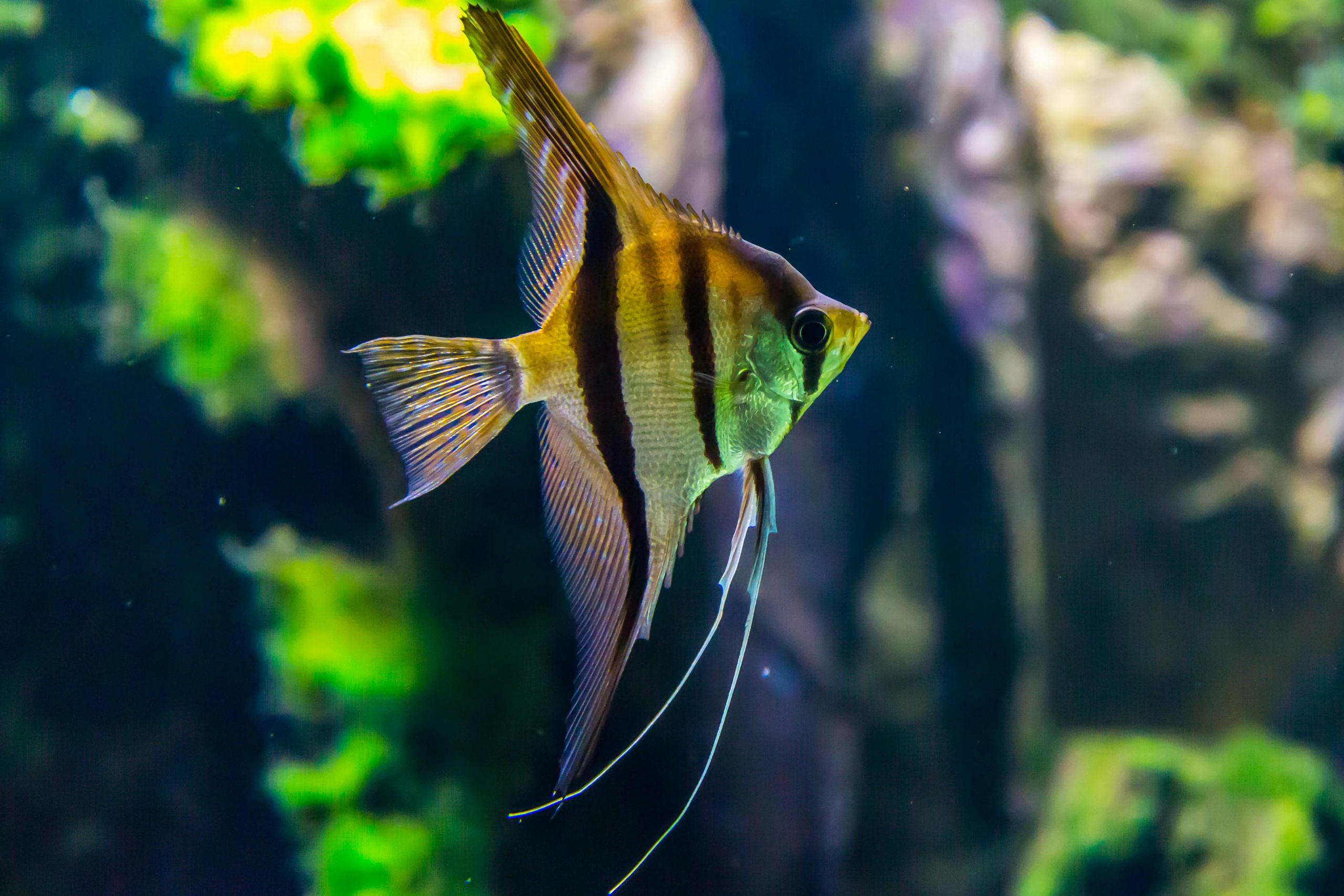
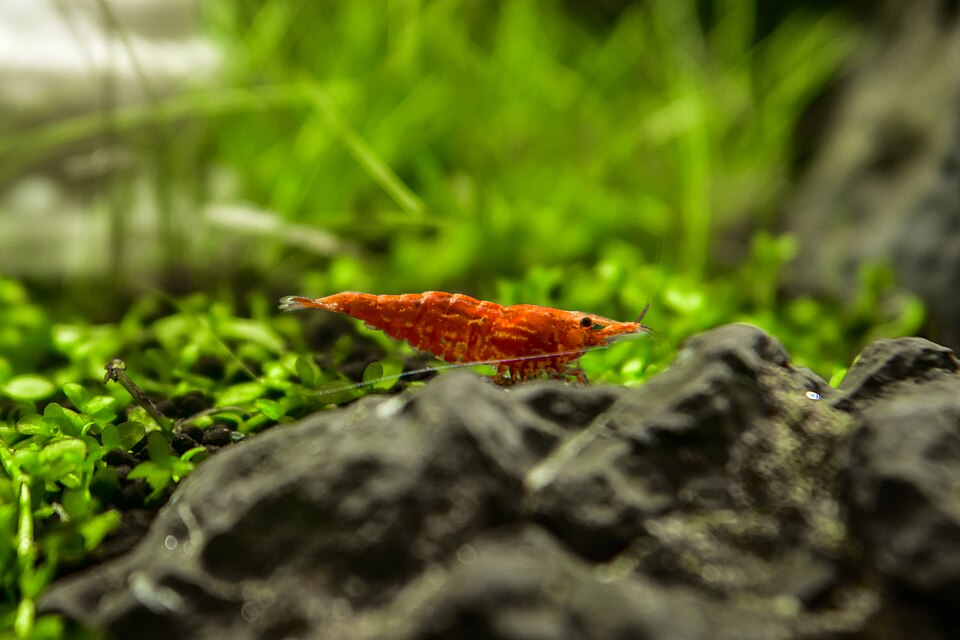

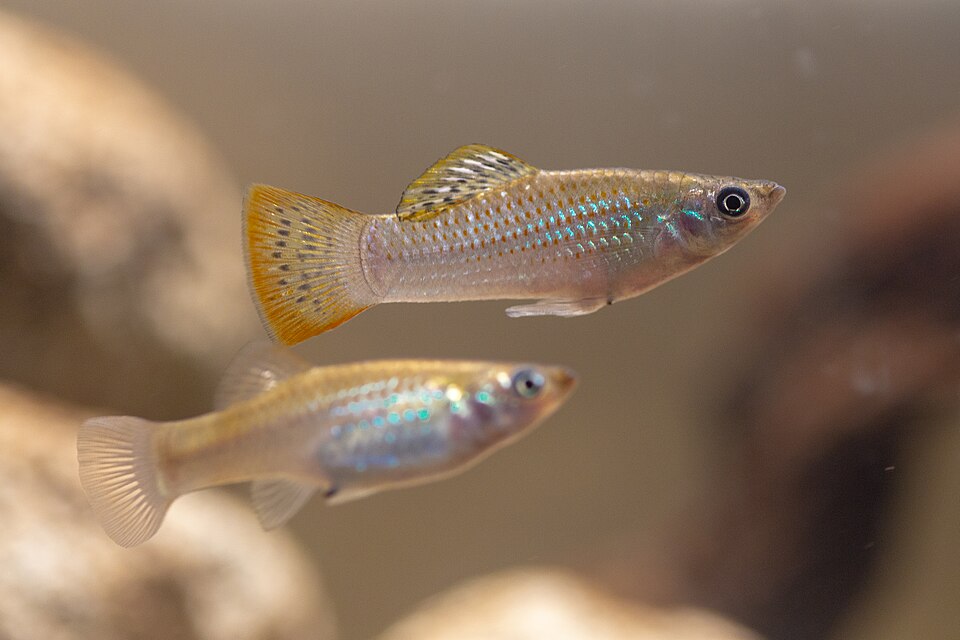
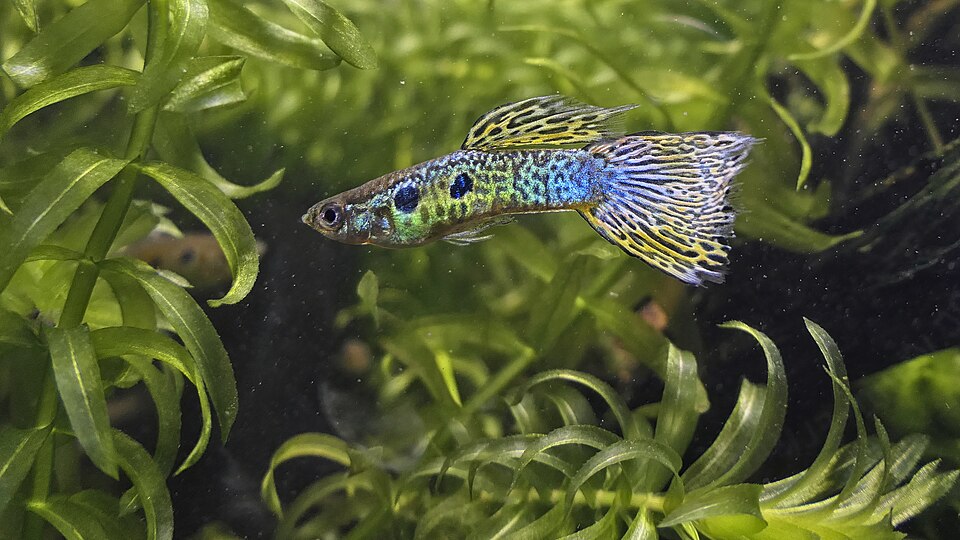
Leave a Reply